CONSIDER THEIR BACKGROUND
When it comes to introducing cats and dogs, the first step to take is to consider their individual background and history. How old are the animals? Did they come as strays from the shelter or have they lived with a family before? Do they have a history of living with other pets?
A puppy and a kitten who just came home from their breeders will need a different approach than a 10 year old stray dog who is adopted by a family with a 15 year old cat.
The older the pets are, the more calm and quiet they usually are. Young cats and dogs on the other hand have a lot of energy which can overwhelm older animals.
Cats and dogs that come with an unknown history from the shelter or were picked up as strays require you to progress more slowly than you would with animals who have a known history. This is because there might have been triggering events in their past that you do not know about. Moving too quickly and reminding them of these experiences could create negative associations during the introduction.
MAKE SURE BOTH ARE TIRED AND CALM
One emotion you want to avoid as much as possible during the introduction process is excitement. Excitement can quickly turn into unwanted behaviors such as prey drive or aggression.
Cats are usually easier this way – unless they are kittens, they like to sleep and hang out. Dogs however can be very energetic and highly excited by meeting new people and animals. You absolutely need to tire out your dog before they ever meet the cat.
Some great ways to ensure he is worn out and calm are:
- Taking them to a doggy playdate
- Playing a round of fetch or frisbee
- Taking them on a run or bike ride
- Letting them spend the day at a doggy daycare
- Doing some agility training
The less energetic your dog is, the faster the cat will like them!
THE ACTUAL MEETING
When introducing cats and dogs, your dog should be on a leash in case they decide to dash towards the cat. Plan for a low-key and relaxed session. The animals do not have to meet face-to-face or even come close to each other.
In fact, simply looking at each other from across the room calmly is perfect for a first meeting! Many owners try to rush this step and have the pets too close together, too soon.
By giving them space and at first, only letting them see (but not touch or sniff) each other, you can keep the excitement down and increase the chances for successful calmness.
CONSISTENCY AND SUPERVISION
Ideally, you should have the cat and dog spend some time in the same room together daily. This time should always be under your supervision. Do not leave them alone (even to run a quick errand)! Dogs might have a sudden impulse of prey drive and start to pursue the cat.
For quite a while, the daily “cat and dog quality time” will occur under your supervision and with the dog on a leash.
Only once the cat and dog truly seem comfortable with each other, you can remove the leash.
THE BIG NO-NOS
Here are a couple of mistakes many owners make when introducing cats and dogs. Here is what you should not do:
PLAYTIME WITH DOG AND CAT
Fast-moving, small pets (like cats) can trigger dogs’ prey instinct. However, this instinct can also be triggered by toys and then redirected towards the cat. You should absolutely avoid playing wildly with e.g. a tug toy or a ball near the cat. Otherwise, the dog could “flip” his pursuit from the toy to the cat – with potentially disastrous results. Remember, the time they spend together should be characterized by calmness and relaxation – not excitement and craziness!
CREATING FOOD AGGRESSION
While food aggression is more common in dogs than in cats, you should never feed both species closely together. The risk for escalations is too high and even a single fight over food can worsen the relationship between your pets significantly.
Your cat and dog should have their food bowls in separate rooms with no access to each other’s bowls. Do not try to feed them close together simply out of convenience!
SUDDEN CHANGES
Cats love routines and can react to any kind of change with behavioral problems. After the initial introduction, you should avoid changing the routine and environment your dog and cat have. Don’t drastically alter their feeding times, replace all their bed and toys or introduce several new pets at once to your household.
If you do expect major changes (such as when moving house), you need to follow the initial steps of the introduction protocol and make sure that you do everything you can to keep your cat’s life calm and stress-free.
THE BOTTOM LINE
Successfully introducing cats and dogs comes down to creating calm situations in which they can meet in a relaxed state of mind. Any kind of excitement should be avoided, as it can quickly escalate and lead to aggressive behaviors.
Supervision is crucial, especially in the first weeks and months. You should not leave your cat and dog unsupervised unless you truly trust them together. Some breeds may never be able to be around cats unsupervised – and that is also ok! Avoid any kind of food aggression by always feeding them far apart from each other.
Dogs and cats are situational learners and especially cats react strongly to changes in their environment. If there are major changes, you should be extra careful with the interactions of the two pets even if they have previously been introduced successfully.

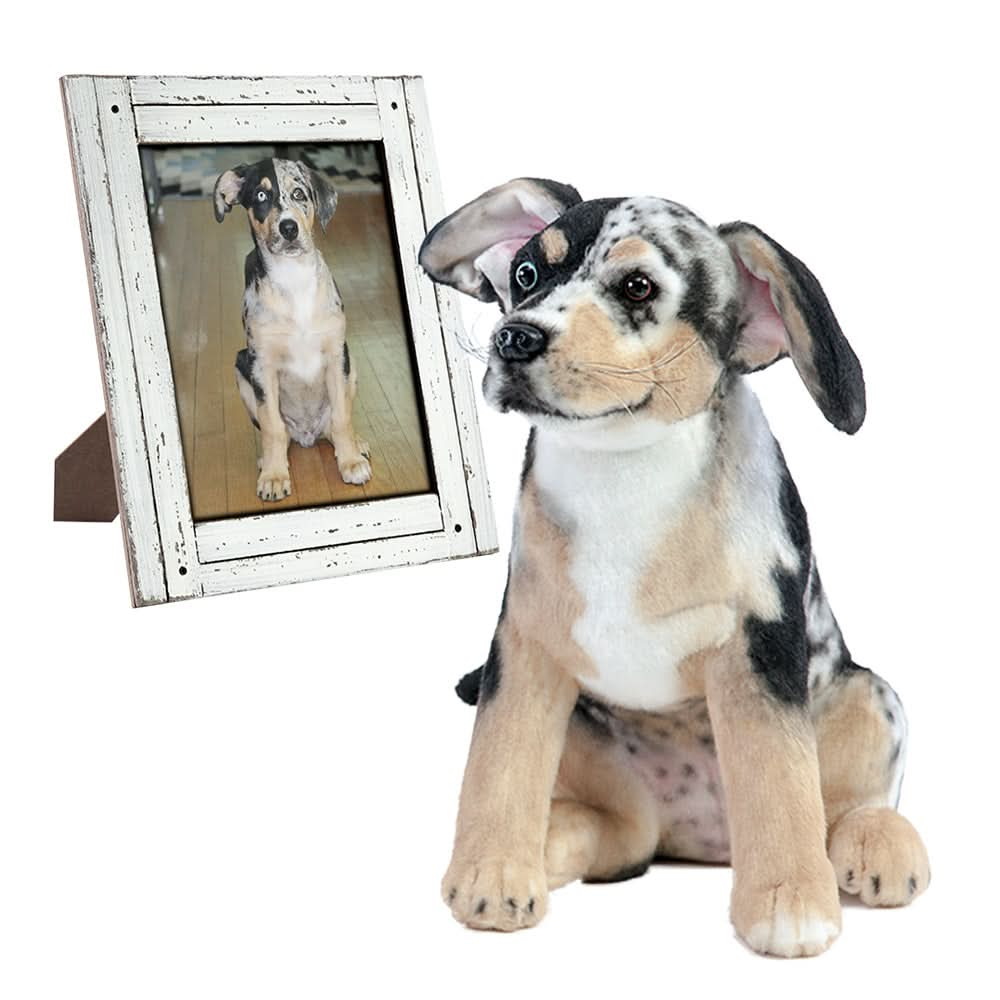

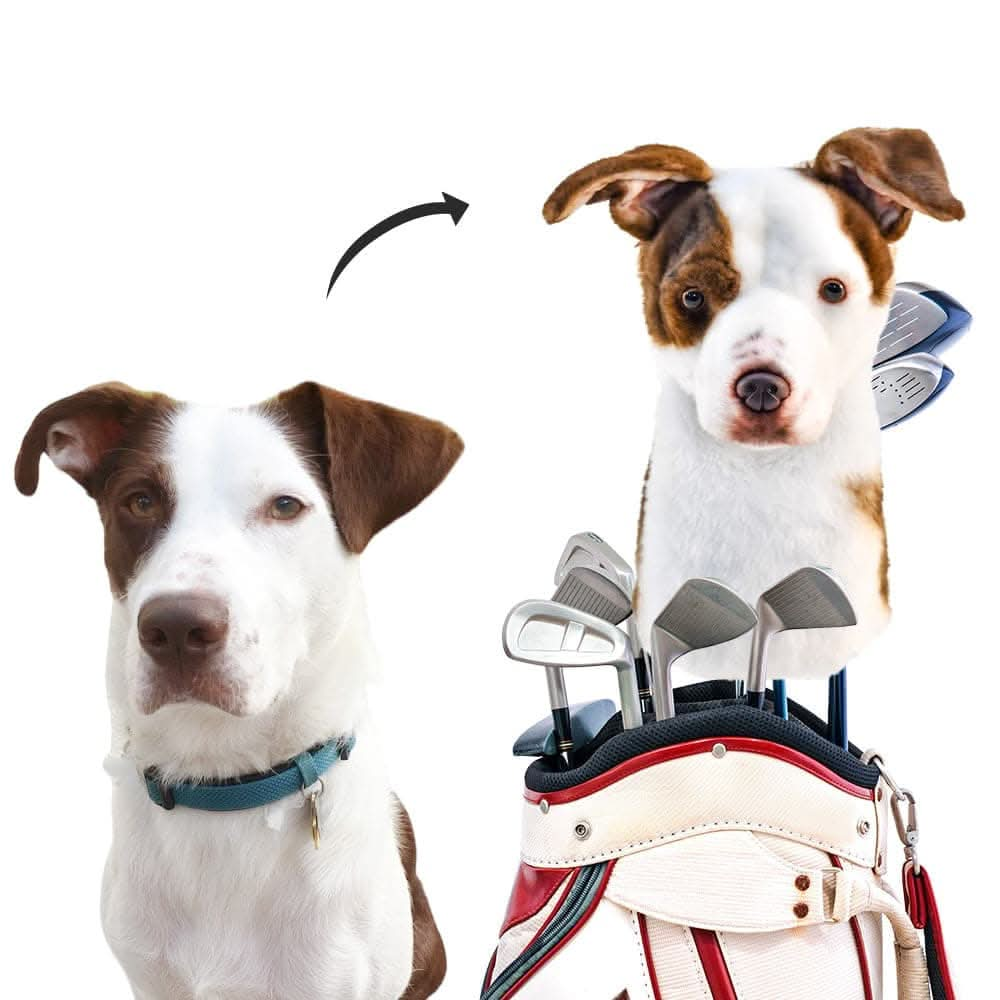

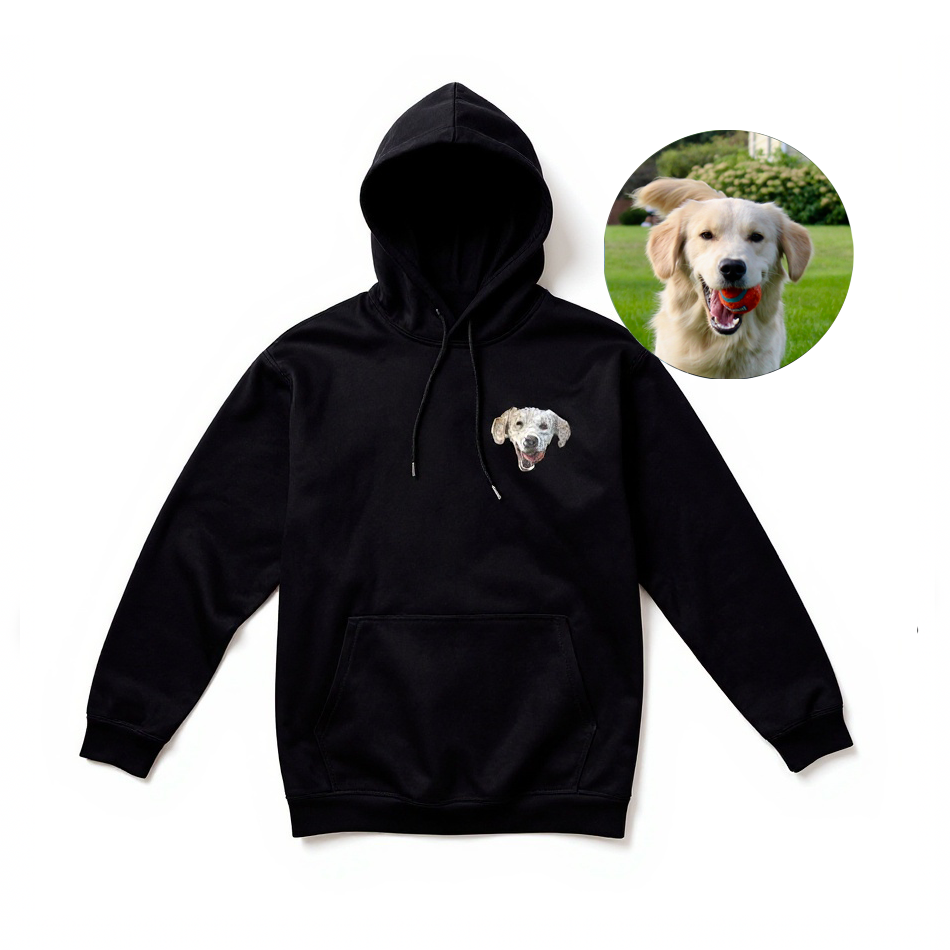

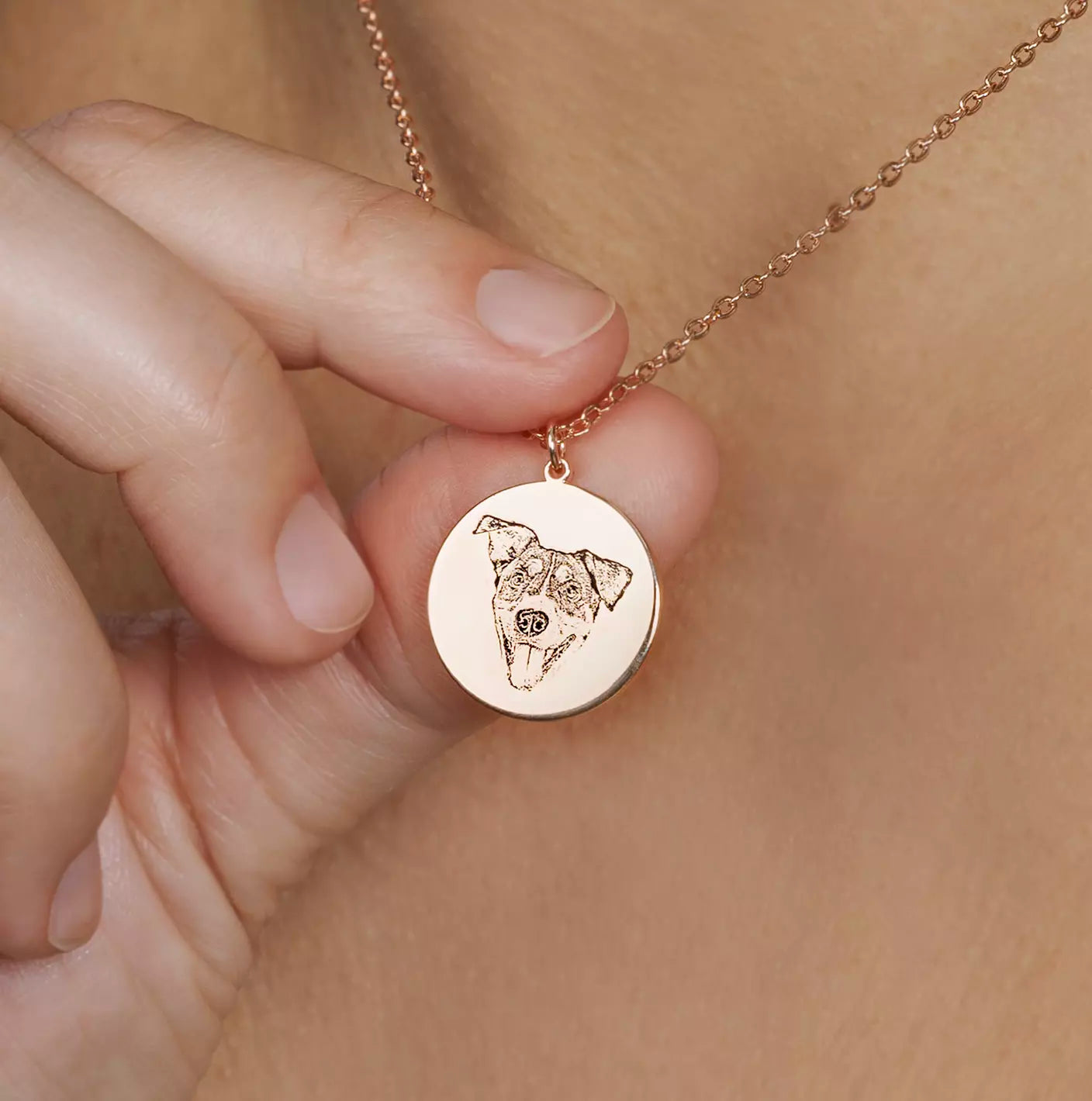

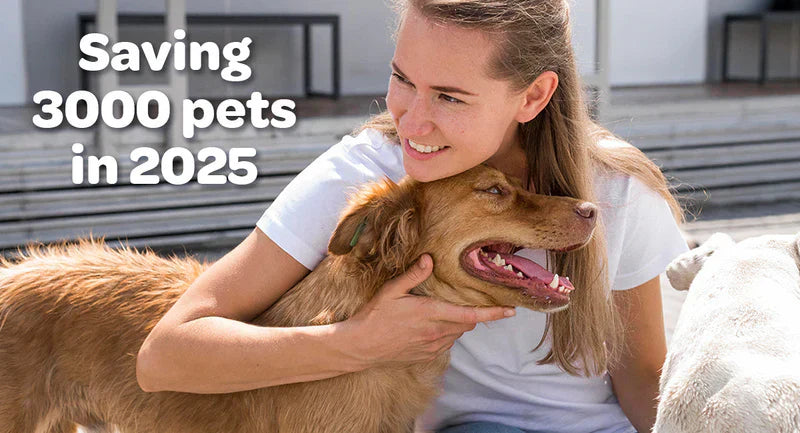
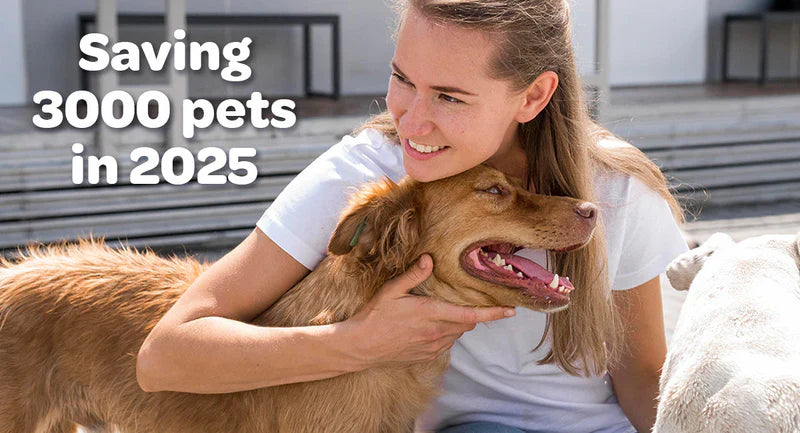

Leave a comment (all fields required)